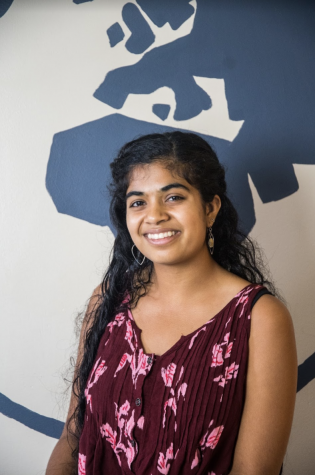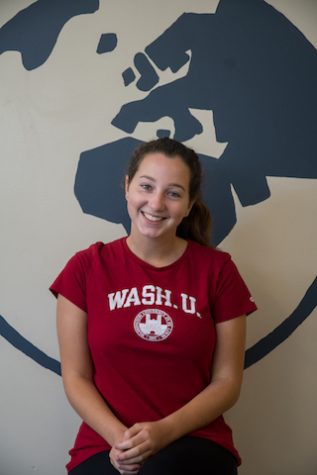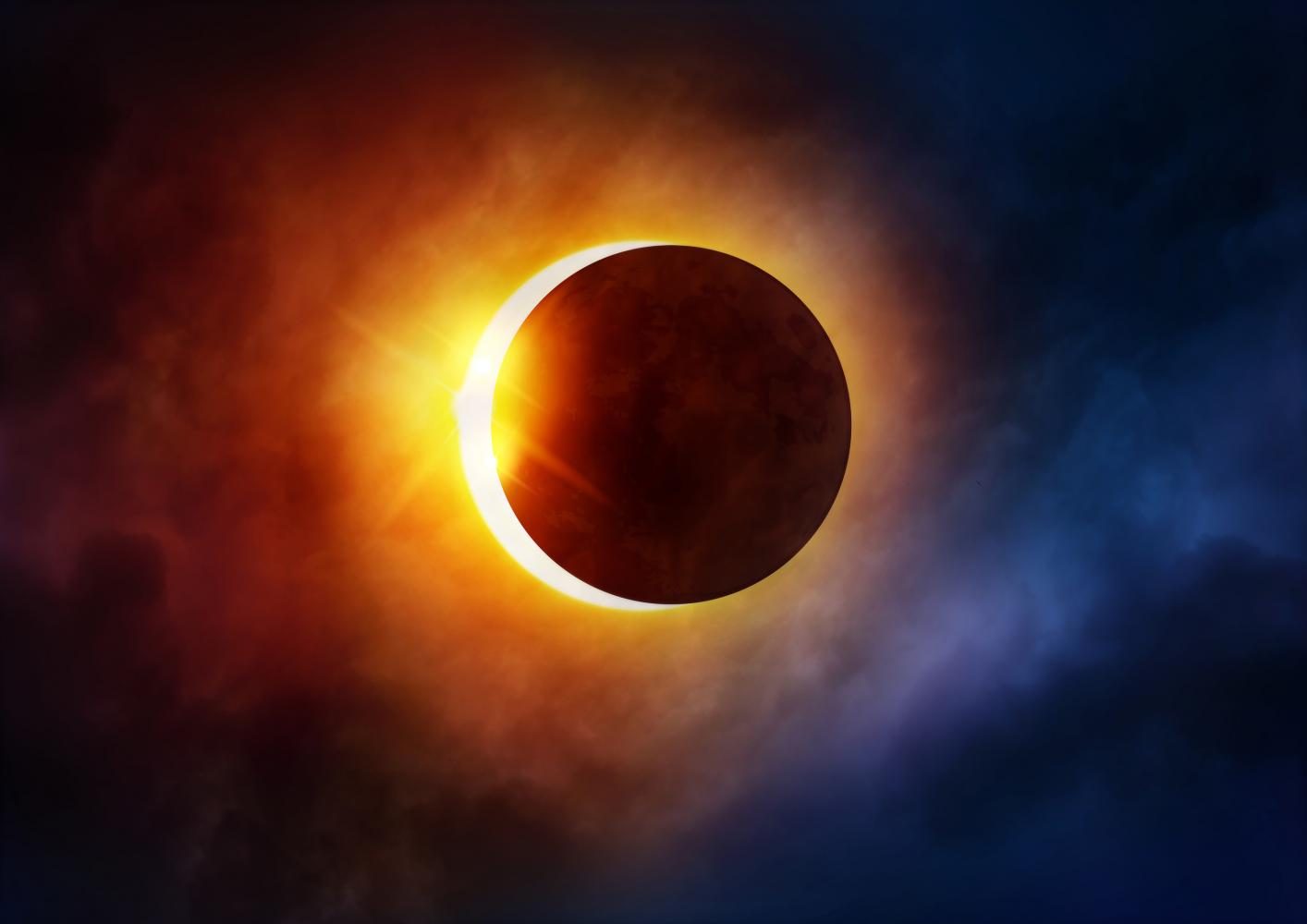** UPDATE: The original story says that CHS will not be handing out the glasses until Monday morning. We now have been notified that glasses will be available after school on Friday, Aug. 18 in the ISS room. **
The last total solar eclipse that St. Louisans could view was in 1442. The next such solar eclipse will not be until 2505. But on Monday, Aug. 21, the majority of the greater St. Louis area will be in the path of totality of a solar eclipse. Unfortunately, the Clayton School District is not confirmed to be in that path any longer.
When NASA originally traced out the regions of the United States in the path of totality, the organization was forced to make their calculations based on the average size of the sun. Because of the sun’s gaseous chemical makeup, the volume is always changing. That volume will be larger than normal on Monday, which means that only St. Louisans in a smaller area will be able to view the moon covering the sun in its totality. Earlier, NASA expected the eclipse’s path of totality to be 70 miles wide. At best, that put Clayton High School and other Clayton schools right on the edge of the region. But with NASA estimating that region to be up to 800 meters smaller on both the northern and southern edges, CHS is no longer in that range. Other Clayton Schools are also excluded from this updated version.
“Clayton High School is no longer a secure site for seeing totality based on the recent information that was published in the Miami Herald and NASA’s admission that the boundaries are probably not going to be a 70 mile wide path but probably more like 69 miles,” said CHS chemistry teacher Nathan Peck. “We were really close to the edge of totality anyway.”
And the Kansas City Star newspaper agrees. In their recent article about the eclipse, Mike Kentrianakis, the solar eclipse project manager for the American Astronomical society, said, “This is an issue. This is really an issue, but it’s not advertised. … Yeah, all the maps are wrong.”
Fortunately, there is an easy solution for Clayton students. Although school has not been canceled, Dr. Dan Gutchewsky, principal of CHS, has confirmed that, if a student wishes to go see the solar eclipse from a better viewing area, his or her Monday absence will be considered excused. Parents still need to call in to officially excuse their children, but with one phone call and a bit of driving, or even biking for CHS students who do not drive, the historic total eclipse could be viewed.
And students do not even need to go far.
“If you want to guarantee yourself to see a total eclipse of the sun in your lifetime here in St. Louis, then you need to go a little bit South or West. If you can go a mile South, you’re in a great shape,” Peck said. “That we’re this close is a miraculous thing – very rare.”
Biking down Skinker or making a trip to Tilles Park would be viable options.
If you do end up missing school to see this once-in-a-lifetime phenomenon, be sure to have approved glasses. Sunglasses will not protect you. As the eclipse comes on and direct sunlight is still flowing, do not look at the sun without wearing these glasses. Do not even look at the sun through a camera at this point. According to the Smithsonian, it is also beneficial if you take breaks from viewing and let your eyes rest. For those who are in the path of totality, when the moon completely covers the sun and the sky plunges into darkness, also known as totality, the glasses can be taken off. Again, this is only during this brief instance and if you are in the actual path of totality. Glasses should be worn all other times. Failure to adhere to these regulations could result in blindness.
The District has purchased such glasses for each student. As of now, they are planning on handing these out on Monday morning. However, with the new information, discussion about distributing the glasses earlier is ongoing.
Ultimately, it is worth it to take these steps to see the total eclipse: it is such a rare and life-changing experience.
“The conditions that are favorable to make an eclipse are very rare,” Peck said. “[When] people have seen eclipses, they just are awestruck by it. Partial eclipses happen pretty frequently, but when you can take your glasses off and see the whole eclipse and see the solar atmosphere – the flares and the midnight dark in the day – it’s pretty phenomenal.”
Peck also affirmed that this experience in itself is a learning experience, even though a day of school may be missed.
“This is a once in a lifetime educational opportunity. Most people never see a total eclipse of the sun. And for it to be right here at our doorstep — literally at the doorstep — is kind of crazy and cool. I would hope everybody is able to see the totality.”


